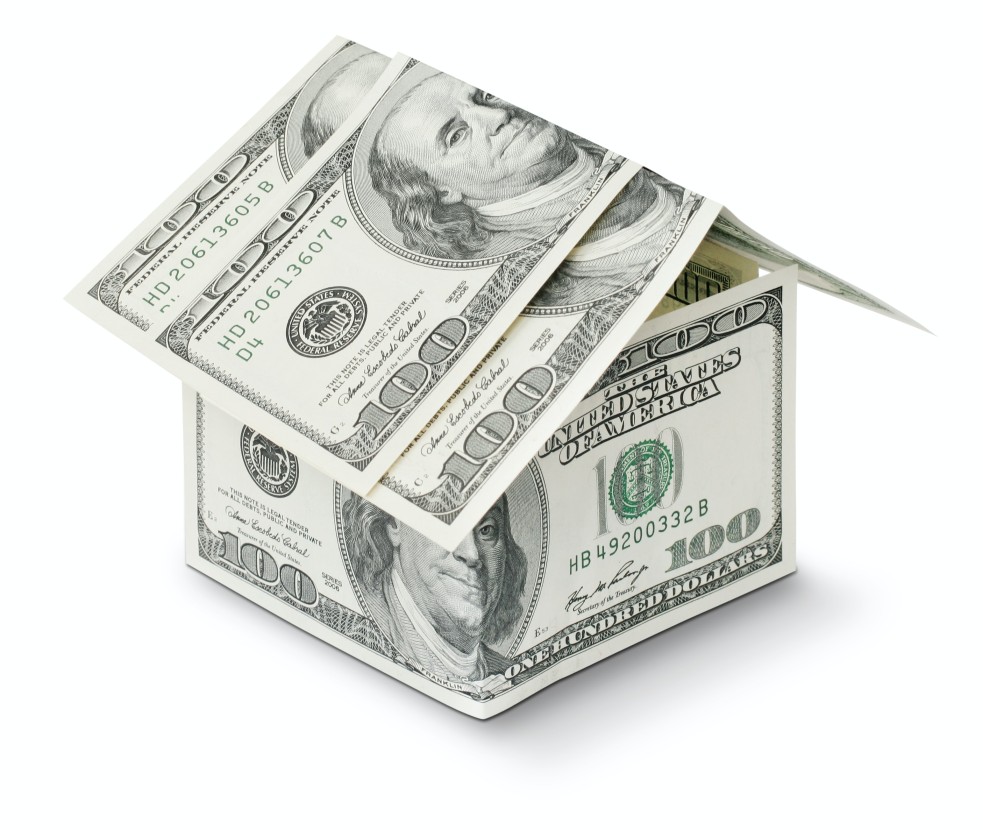Admittedly, the decision to leave the European Union brought a lot of uncertainty to Britain’s political and economic stability, having a knock-on effect on the housing market. That said, the triggering of Article 50 has subdued property prices. Even if the slower levels experienced this summer continues, values are still forecast to rise by over 50% in the next ten years.
Research shows that whilst in the UK, the average house price has risen by an average of 0.37% a month following the referendum vote in June 2016 compared to 0.67% a month on average between June 2015 and 2016. However, if values continue to rise at the same rate of 0.37% a month, the average UK house price will still reach £347,757 over the next decade, an increase of some 56%.
London, in particular, has seen a real slowdown in price growth since Brexit, so whilst the capital would still be one of the most expensive cities in the UK, along with Oxford, it would have recorded one of the lowest percentage increases in value. Top of the market in terms of monthly price growth following Brexit is Nottingham, up 0.8% a month on average, taking the average house price from the current £133,215 to £346,592 by 2027, an increase of 160%.
In Scotland, Glasgow has experienced a price increase of 0.7% a month since June 2016, the second highest in the UK. If this growth continues, the city will see prices hit £285,487 by 2027, up 131%. In fourth place is Oxford alongside Cardiff, with an average monthly increase of 0.64% in the last year. As a result, Oxford would see the current average price of £413,240 rise £115% to £888,542 over the next decade, whilst the same rise would see prices in Cardiff reach £427,799.
Next on the list is Edinburgh which has seen prices increase by a monthly average of 0.63% since June 2016. Still, a slow growth rate, the same rate over the next decade, would see prices exceed half a million to reach £506,627 by 2027, an increase of some 112%, showing that small growth can have a huge impact. Even cities that have seen some minute monthly price growth since Brexit would still see impressive growth.
Newcastle, where prices have been up just 0.07% each month since June 2016, would see the current average of £156,753 rise from £13,731 to £170,485 over the next decade. After Newcastle, Norwich has the lowest monthly growth rate at 0.12%. However, this is still enough to see a 15% rise to £222,749.
Such figures point to an end to the post-Brexit market slowdown that looks to have plagued the market over the year and a half. With this, it is likely that many UK homeowners will be breathing a huge sigh of relief, despite still enjoying a notable annual increase in their property’s value. And although these recent slower rates of price growth are unlikely to persist going forward, even if they were to do so, the outlook would still be rather positive and far from the catastrophic crash, many predicted the property market would experience following Brexit.
